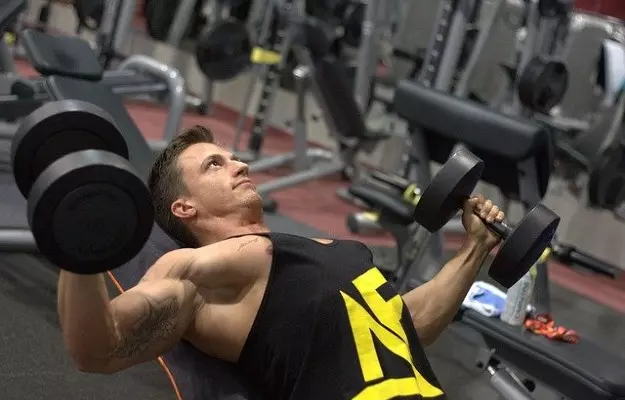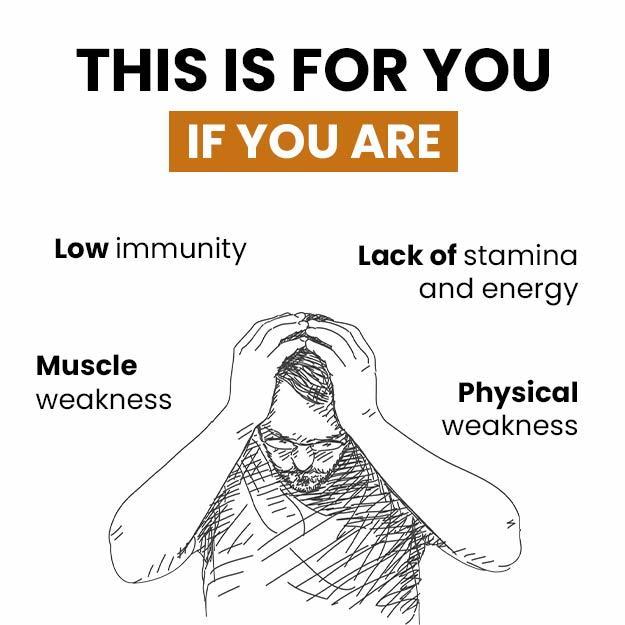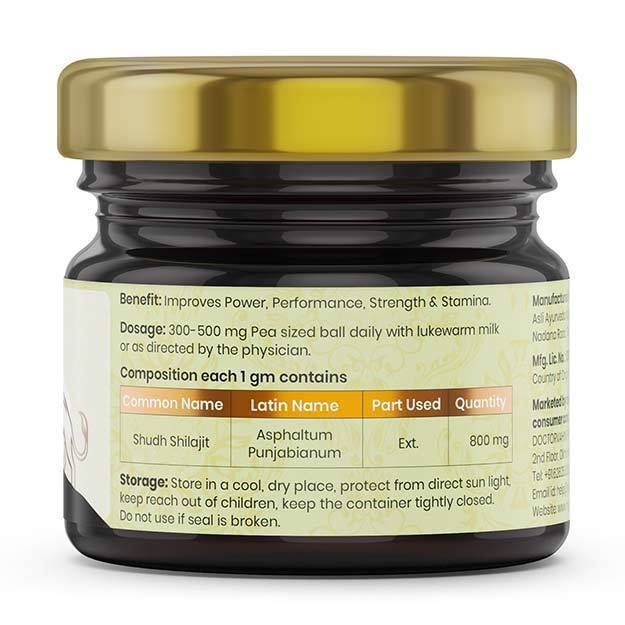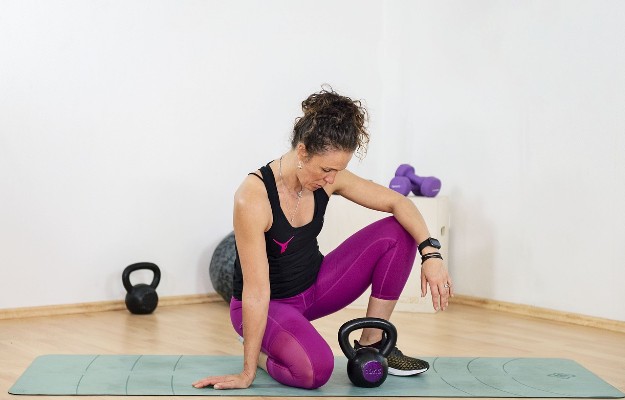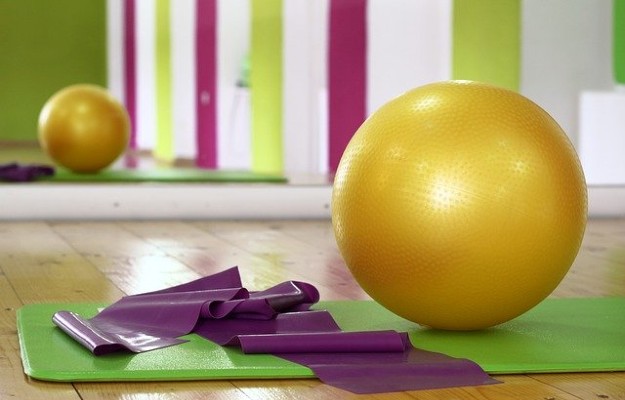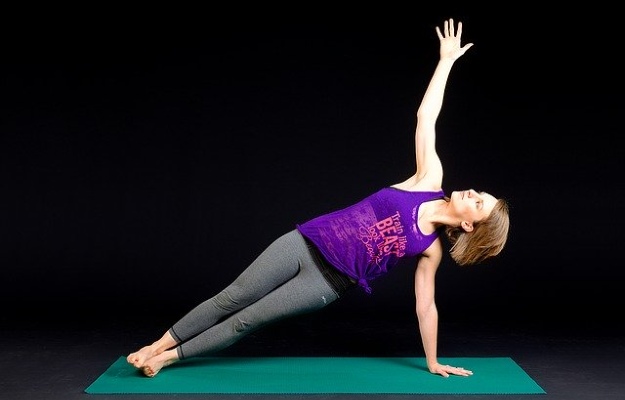Most of us know that sitting at a desk for long hours is bad for the back and hip joint. But the truth is that sitting or conducting business calls on the phone for prolonged hours can be tough on the upper body joints, too.
Our body combats many stresses throughout the day: whether it is from lifting things (including young children) or sitting for a prolonged time. Studies show that regular exercise can help people with an otherwise sedentary lifestyle achieve better health outcomes such as reduced pain.
The upper body consists of many major muscles, such as the shoulders, chest, back, arms, and the core. Developing all these at the same time is tough for professionals as well. However, with good technique and specific exercises, you can stimulate multiple muscle groups simultaneously. Exercises that engage multiple muscle groups at the same time are known as compound exercises. The benefits of compound exercises include time-efficiency, increased muscle gain and more calories burnt.
Bench fly or chest fly exercise is one of those exercises that help to train most of the upper body - chest, shoulders, and arms. The movement is quite easy to perform but it can get intense as you increase the weights.
Chest fly exercise can be performed with just a pair of dumbbells and a bench. Whether you perform the fly on a flat bench, incline bench or decline bench, the workout is extremely effective for the chest muscles. However, performing the incline fly or decline fly tends to be more difficult in comparison to the flat bench variation. If you’re a beginner, opt for a machine fly or a flat bench fly style.
Read more: How to build a home gym in India

